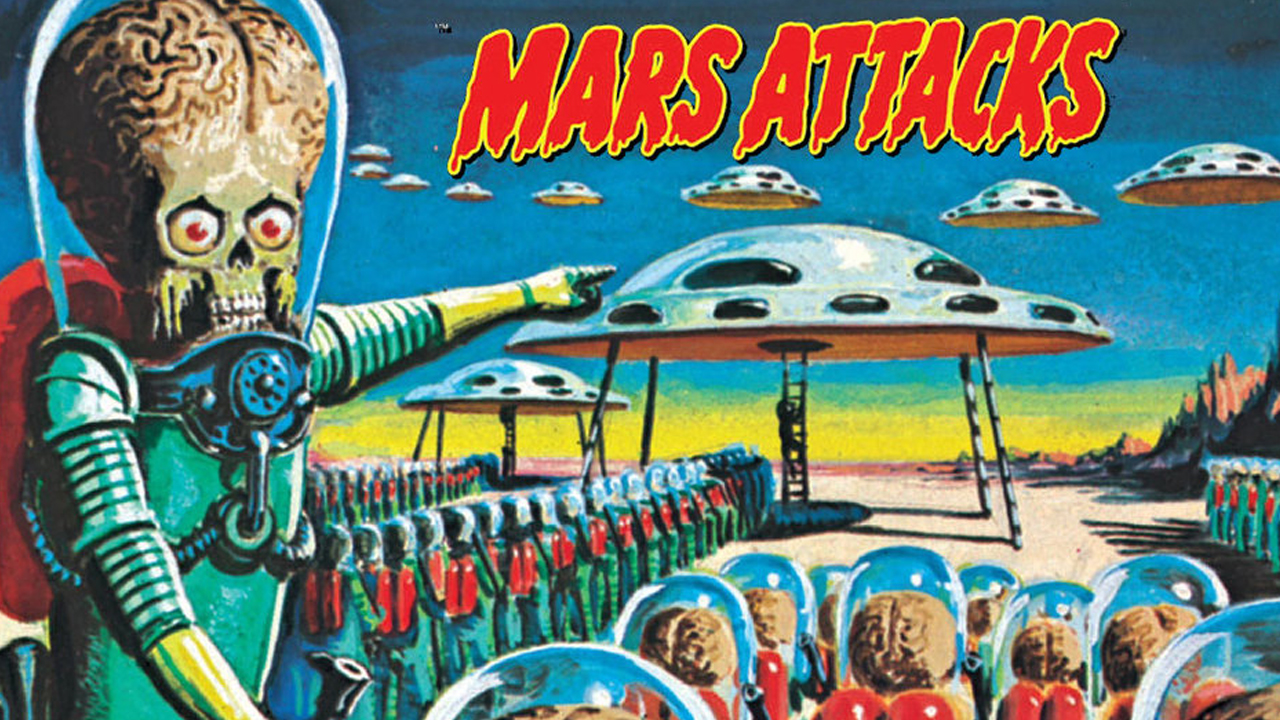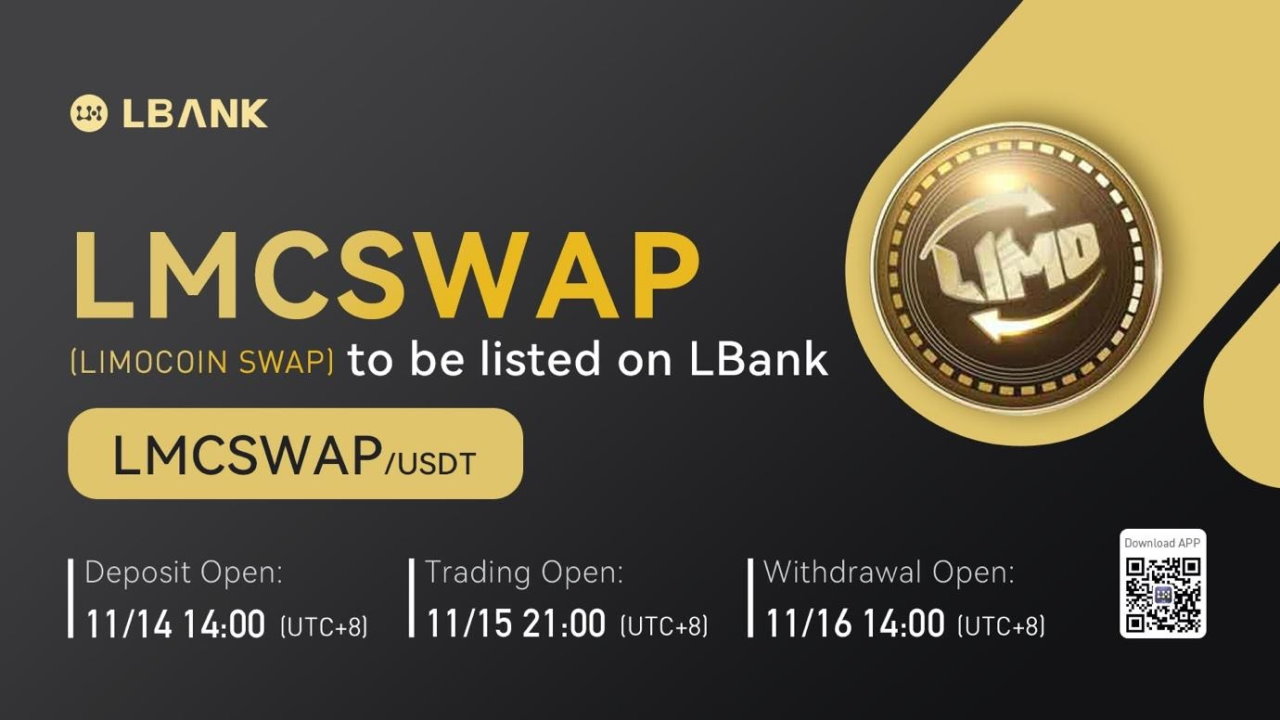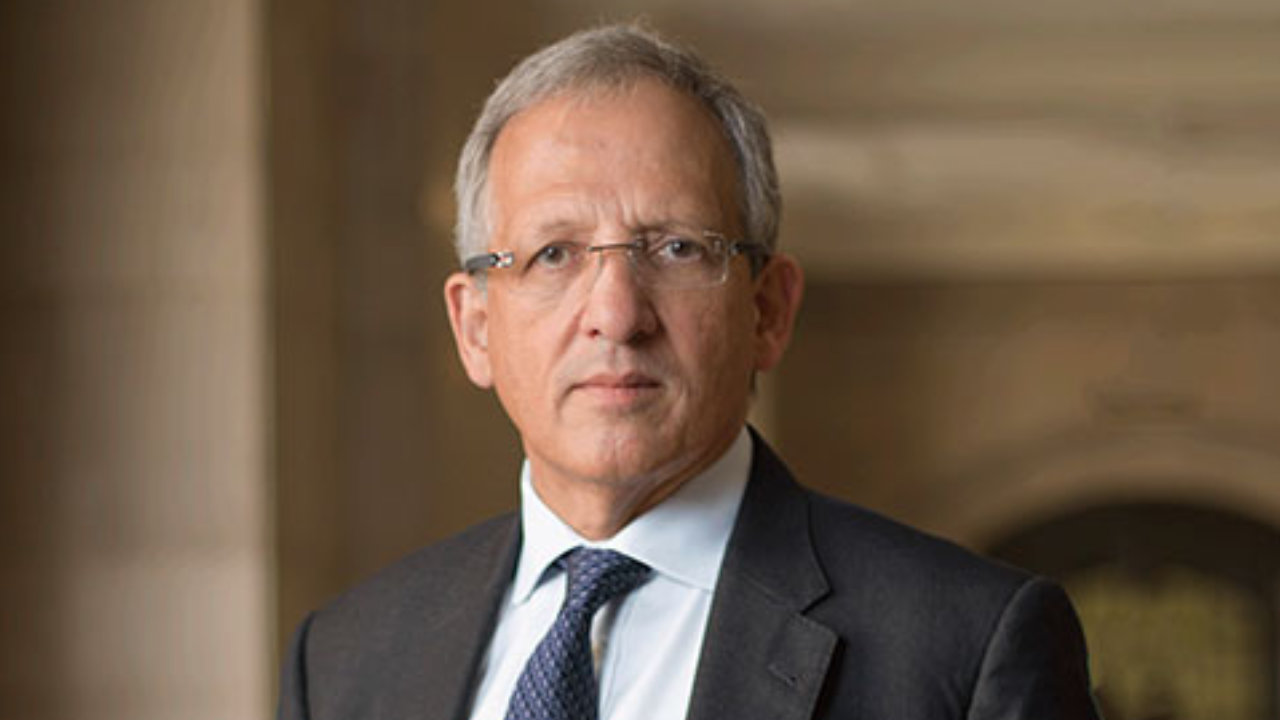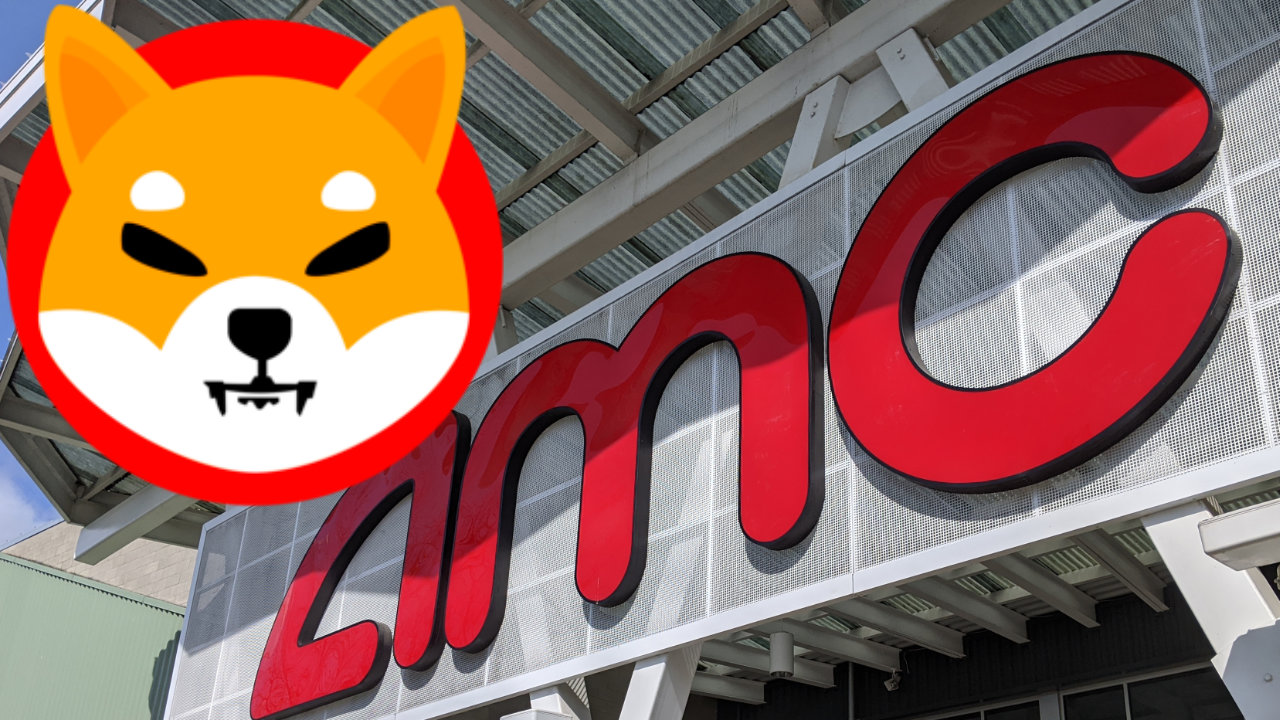On Monday, the sports and entertainment collectibles giant Topps announced the launch of non-fungible tokens (NFTs) based on the firm’s classic science fiction-themed trading card series Mars Attacks. The limited-edition NFT collection will be hosted on the NFT platform Curio and will “mark Mars Attacks’ introduction into the blockchain.” Topps Launches NFTs Dedicated to the…
Topps Releases NFTs Featuring Science Fiction-Themed Collectible Card Series Mars Attacks







